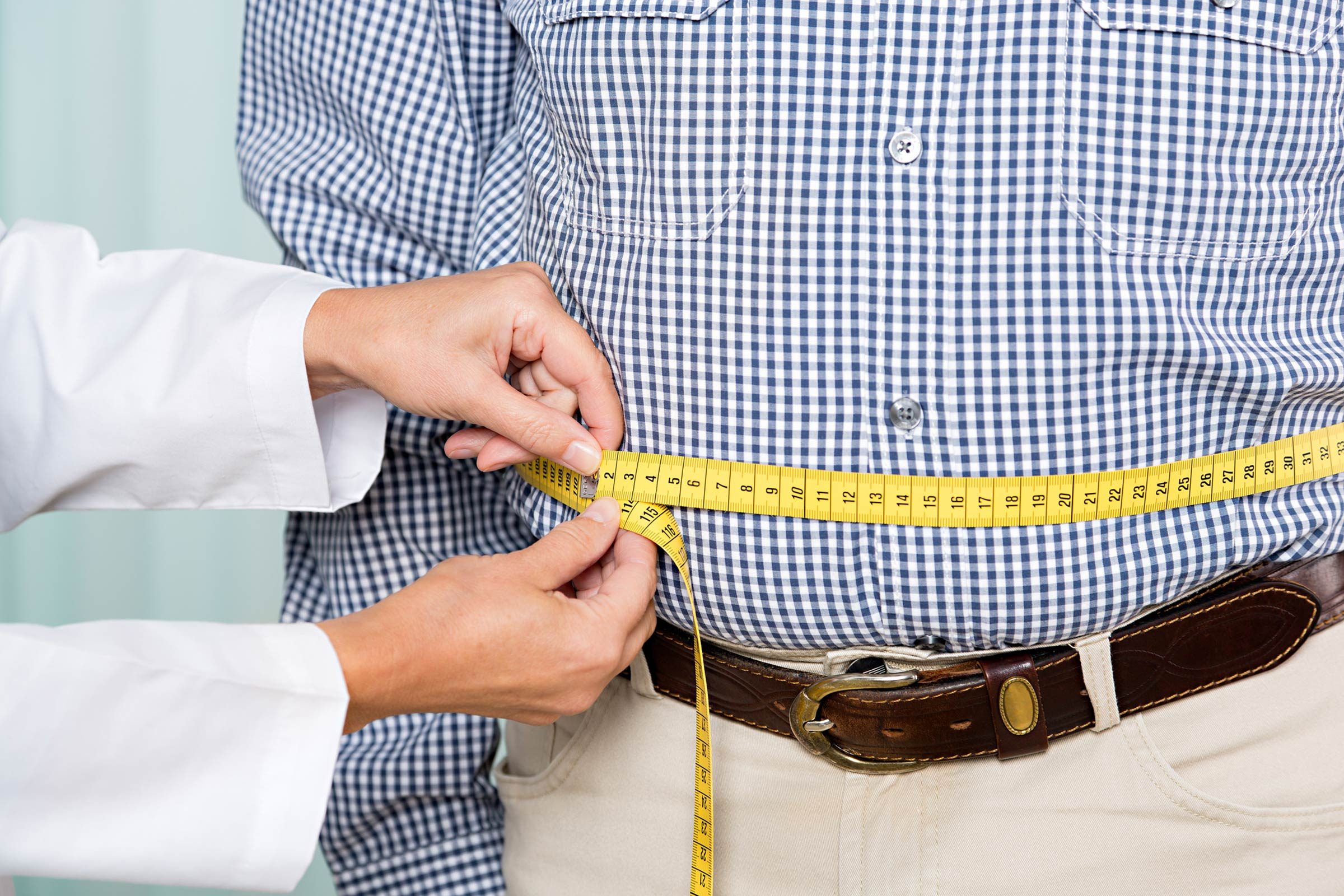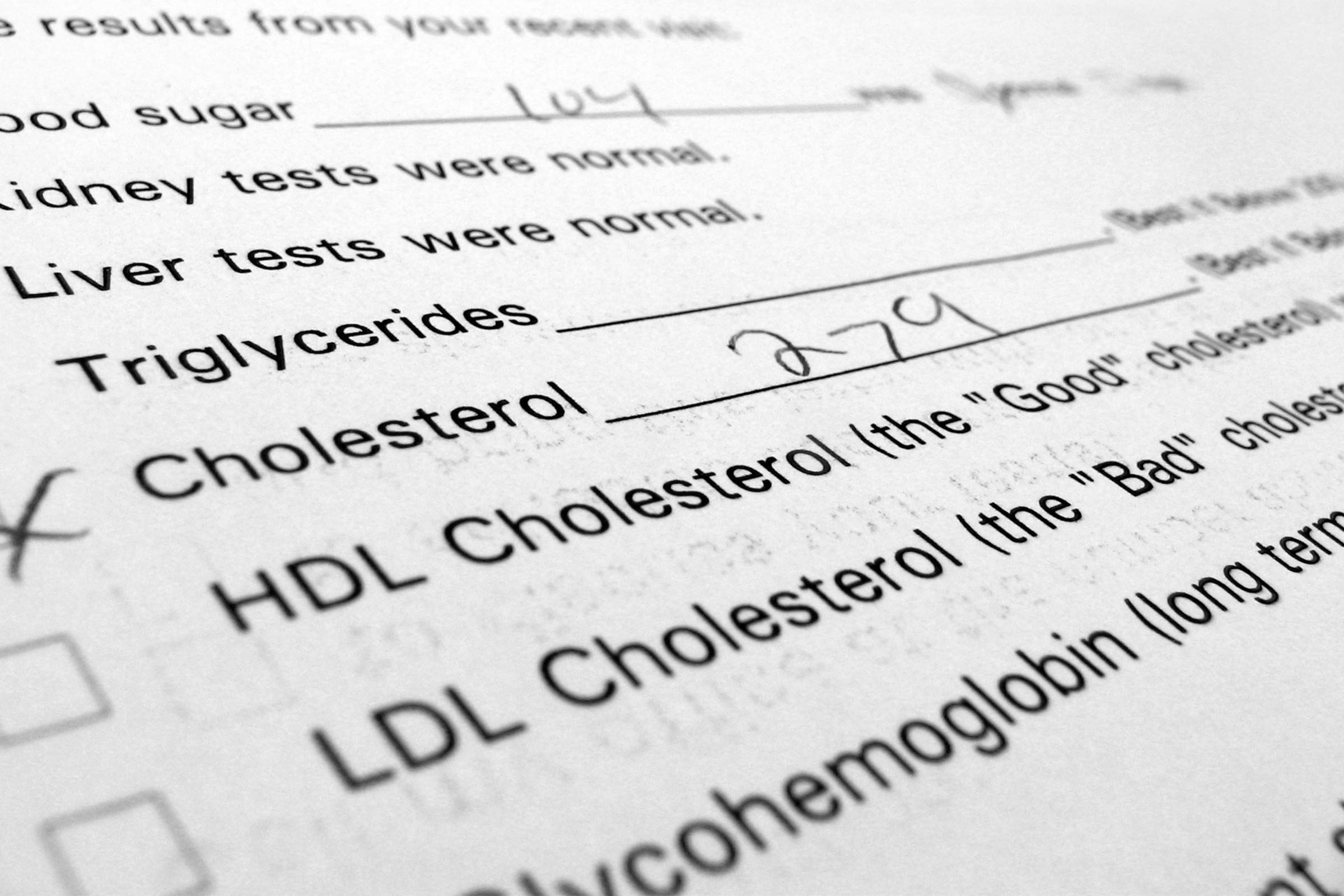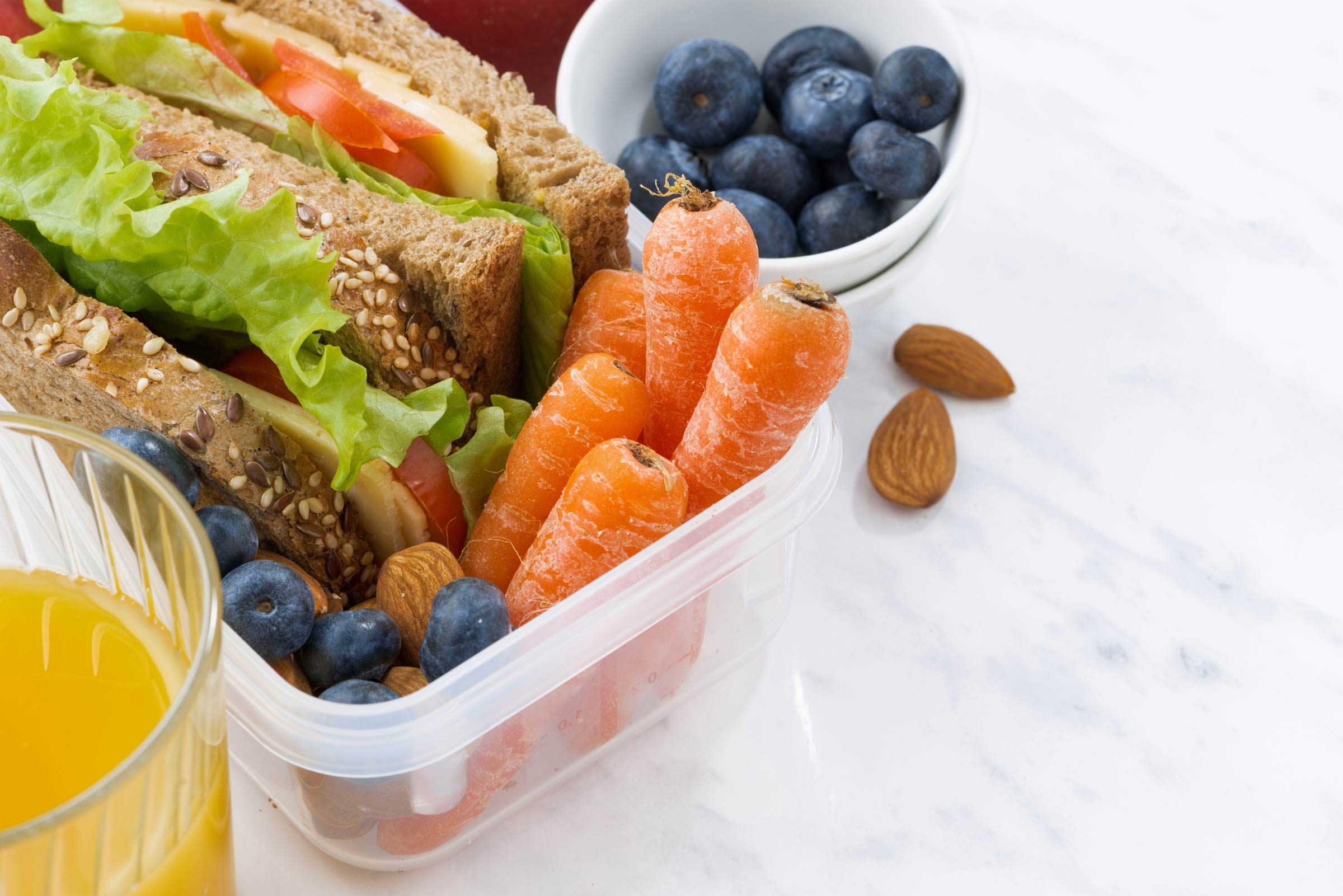
You feel like a slug
You got a great night’s sleep, but by 3 p.m., you’re wilting. Eating too many carbs at breakfast and lunch could be to blame. “Consuming carbs, particularly refined carbs and starches, can provide a short-term rush of energy,” explains Cassandra Suarez, MS, RDN. “But once your body releases insulin to help regulate your blood-sugar levels, those carbs, now turned into sugar, enter into your muscles, liver, and other organs to leave you feeling lethargic and tired.” Swap out sugary cereal and pastries for a breakfast with more protein and some healthy carbs. Try a hearty bowl of oatmeal with nuts and berries, a whole wheat bagel with peanut butter, or eggs with whole wheat toast. Don’t forget these tricks to make your breakfast healthier without even trying.

Your mood swings
Wide fluctuations in your blood sugar can make you feel irritable and moody. “Sugar isn’t the only thing that will spike your blood sugar,” says Suarez. “Refined carbohydrates, a fancy word to denote carbs that don’t have much fiber, and starches, break down very quickly to sugar in the body and can cause highs in your blood sugar.” The body responds by secreting insulin, leading to blood sugar lows—that” crash and burn,” kind of feeling. “The more carbs you eat, the more variations in your blood sugar and your mood,” says Suarez.

You crave sugar
Do you feel like doing a happy dance when you dive into a piece of chocolate cake or hoard sweets and nibble on them throughout the day? If you crave sugar and can’t imagine a day without it, you may be eating too many carbs. (Find out how to undo a sugar binge.) Your brain increases dopamine in response, rewarding you for eating more sugar. “When you eat foods with sugar or refined carbs, your brain lights up and stays that way, giving you constant food cravings. This is very similar to the excitement the brain receives from drugs and alcohol,” says Suarez. A study showed that this food-reward response occurred in obese children, but it also happens to adults. (Find out if eating too much sugar can cause diabetes.)

You’re hungry, again
You just inhaled a large bowl of pasta with bread sticks, but an hour later you find yourself nosing around the kitchen. How can that be? “Your body’s response to low blood sugar is hunger,” says Suarez. So if you eat a lot of simple carbs (pasta and bread are on that list), chances are you will have a lot more fluctuations in your blood sugar and feel even hungrier after your blood sugar crashes.” The vicious cycle doesn’t stop there. “If you ignore the hunger and don’t eat, your blood sugar remains low until your next meal. At this time, your body produces ghrelin, a hormone that increases appetite, leading you to overeat at your next meal,” says Suarez. Swap out white pasta for whole grain, load up on a green salad with veggies, and pass on the bread sticks to feel fuller longer. “Complex carbohydrates, such as whole grains, provide important micronutrients and fiber and help to stabilize blood glucose levels better than simple or refined carbohydrates,” says Cara Harbstreet, MS, RD, Street Smart Nutrition. These healthy, complex carbs are especially good for diabetics.

You can’t lose weight
You’re cutting back on calories and even manage to get a regular workout in a few times a week, but the scale doesn’t budge. What gives? “Every time you eat carbs, your body releases insulin. Insulin acts to store sugar as fat in your body’s cells. Insulin also inhibits fat breakdown, making it harder to lose weight,” says Suarez. To stop sabotaging yourself, read the entire food label of any packaged goods you eat, not just the calorie info. Look at the “total carbohydrates” section, which includes the sugar and fiber information. “When a food is higher in grams of sugar, it usually means the food contains more refined carbohydrates, which are in a simpler form and therefore easier for the body to digest and absorb very quickly,” says Harbstreet. “By comparison, foods that are high in fiber typically reflect a whole grain source of carbohydrate, which is a more complex form that is more slowly digested and absorbed.” Which of these foods has more fiber—take the quiz!

Your cholesterol is through the roof
One clear effect of eating too many carbs is your cholesterol results. Too many unhealthy carbs are associated with lower levels of HDL (“good” cholesterol) and higher levels of LDL (“bad” cholesterol) and triglycerides, and that means a higher risk for heart disease. (Check out these ways to prevent heart disease.). Very high carbohydrate intakes—of more than 60 percent of total calories—along with excess sugar consumption, are associated with an increase in triglycerides, according to the National Heart, Lung and Blood Institute,” says Suarez.

Baby steps to eating healthier carbs
Step one, start with breakfast. We tend to eat the majority of our protein at lunch and dinner, and breakfast tends to be higher in carbs. “By prioritizing protein at your breakfast meal, you essentially kill two birds with one stone,” says Harbstreet. “You redistribute your protein intake for increased fullness and satiety, and replace breakfast foods that are typically high in sugar or refined carbohydrates.” Next up, nix added sugars, which contribute to a lot of unnecessary carb calories. If you drink sugary sodas, a good baby step is to switch to a sugar-free variety or try flavoring your drinks with fresh fruit. Finally, fill up on fiber. It’s hard to give up old favorites like starchy potatoes, corn, and green peas but it’s certainly better to fill your plate with these instead of white rice or white bread. “Be sure to leave the skin on your potatoes to get the full benefit of their fiber and vitamin/mineral content, and whenever you’re serving corn or peas in a recipe, consider adding an equal amount of non-starchy vegetables or replacing some or all of them with your favorite veggie or leafy green,” suggests Harbstreet.
